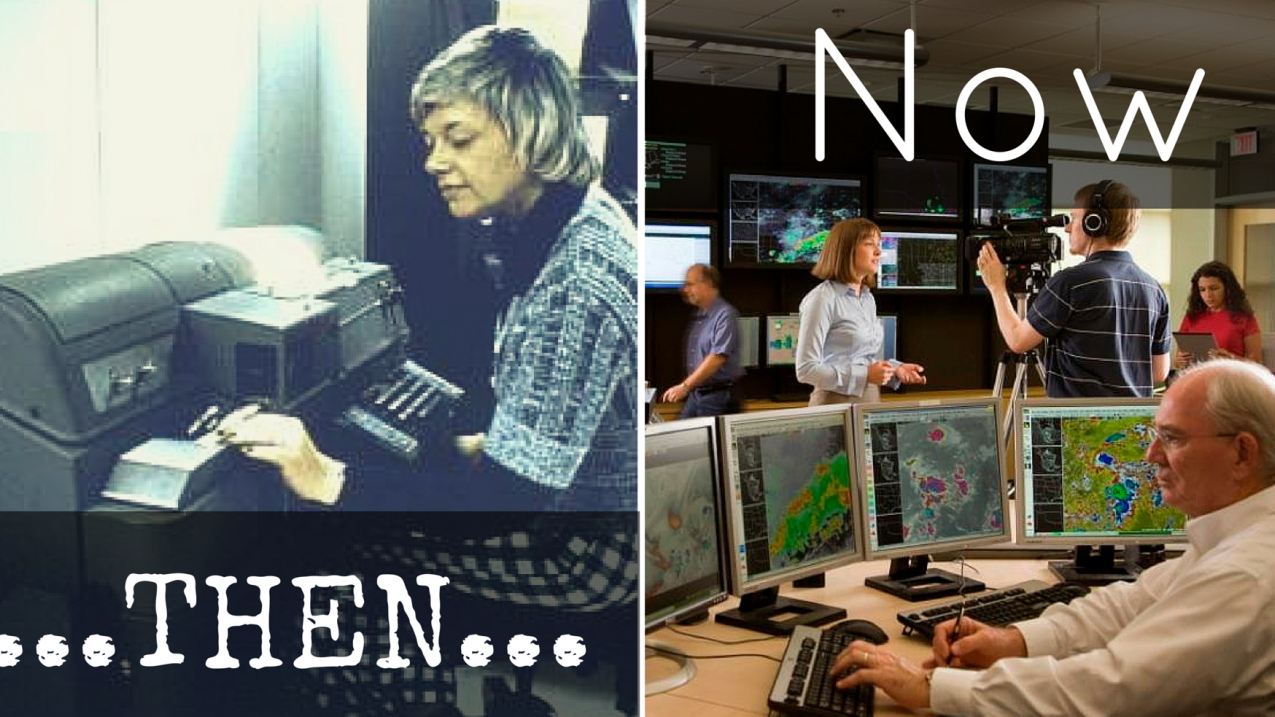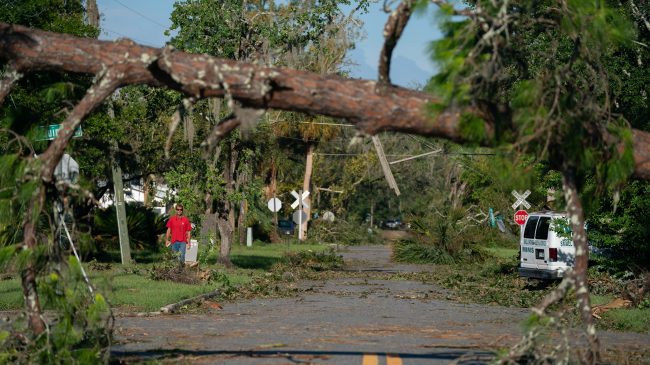Farewell teletype, hello mixed-case characters
Farewell teletype, hello mixed-case characters
LISTEN UP! BEGINNING ON MAY 11, NOAA’S NATIONAL WEATHER SERVICE FORECASTS WILL STOP YELLING AT YOU.

NOAA's National Weather Service is no longer using all caps for forecast products. (Image credit: NOAA)




